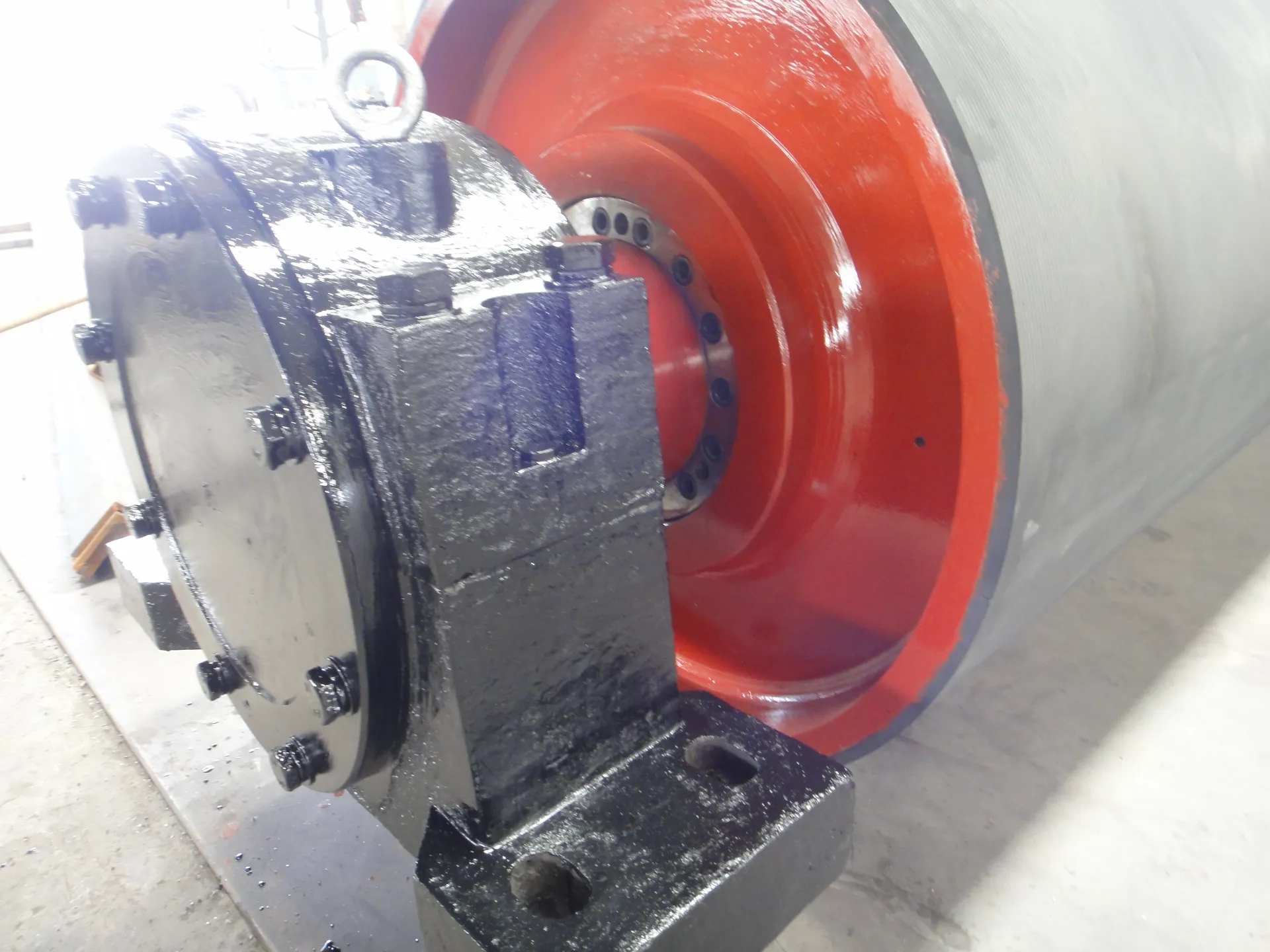 Afrikaans
Afrikaans  Albanian
Albanian  Amharic
Amharic  Arabic
Arabic  Armenian
Armenian  Azerbaijani
Azerbaijani  Basque
Basque  Belarusian
Belarusian  Bengali
Bengali  Bosnian
Bosnian  Bulgarian
Bulgarian  Catalan
Catalan  Cebuano
Cebuano  Corsican
Corsican  Croatian
Croatian  Czech
Czech  Danish
Danish  Dutch
Dutch  English
English  Esperanto
Esperanto  Estonian
Estonian  Finnish
Finnish  French
French  Frisian
Frisian  Galician
Galician  Georgian
Georgian  German
German  Greek
Greek  Gujarati
Gujarati  Haitian Creole
Haitian Creole  hausa
hausa  hawaiian
hawaiian  Hebrew
Hebrew  Hindi
Hindi  Miao
Miao  Hungarian
Hungarian  Icelandic
Icelandic  igbo
igbo  Indonesian
Indonesian  irish
irish  Italian
Italian  Japanese
Japanese  Javanese
Javanese  Kannada
Kannada  kazakh
kazakh  Khmer
Khmer  Rwandese
Rwandese  Korean
Korean  Kurdish
Kurdish  Kyrgyz
Kyrgyz  Lao
Lao  Latin
Latin  Latvian
Latvian  Lithuanian
Lithuanian  Luxembourgish
Luxembourgish  Macedonian
Macedonian  Malgashi
Malgashi  Malay
Malay  Malayalam
Malayalam  Maltese
Maltese  Maori
Maori  Marathi
Marathi  Mongolian
Mongolian  Myanmar
Myanmar  Nepali
Nepali  Norwegian
Norwegian  Norwegian
Norwegian  Occitan
Occitan  Pashto
Pashto  Persian
Persian  Polish
Polish  Portuguese
Portuguese  Punjabi
Punjabi  Romanian
Romanian  Russian
Russian  Samoan
Samoan  Scottish Gaelic
Scottish Gaelic  Serbian
Serbian  Sesotho
Sesotho  Shona
Shona  Sindhi
Sindhi  Sinhala
Sinhala  Slovak
Slovak  Slovenian
Slovenian  Somali
Somali  Spanish
Spanish  Sundanese
Sundanese  Swahili
Swahili  Swedish
Swedish  Tagalog
Tagalog  Tajik
Tajik  Tamil
Tamil  Tatar
Tatar  Telugu
Telugu  Thai
Thai  Turkish
Turkish  Turkmen
Turkmen  Ukrainian
Ukrainian  Urdu
Urdu  Uighur
Uighur  Uzbek
Uzbek  Vietnamese
Vietnamese  Welsh
Welsh  Bantu
Bantu  Yiddish
Yiddish  Yoruba
Yoruba  Zulu
Zulu Optimal Solutions for Conveyor Bracket Design and Installation Techniques
Understanding Conveyor Brackets Essential Components for Conveyor Systems
Conveyor systems are integral to various industries, ensuring the efficient movement of goods and materials. Among the many components that contribute to the functionality of these systems, conveyor brackets play a crucial role. These brackets serve as support elements that secure and align different parts of the conveyor system, ensuring smooth operation and reliability.
What are Conveyor Brackets?
Conveyor brackets are structural components designed to support and stabilize conveyor belts, rollers, and other crucial elements of a conveyor system. They are typically made from durable materials like steel or aluminum, enabling them to withstand the mechanical stresses involved in transporting heavy loads. These brackets come in various shapes and sizes to fit different conveyor designs and applications.
The Importance of Conveyor Brackets
1. Structural Integrity Conveyor brackets provide the necessary support to maintain the alignment of the conveyor system. Proper alignment is essential to prevent wear and tear, reduce the risk of malfunction, and extend the system's lifespan.
2. Load Distribution By securing different components, brackets help distribute the weight of the materials being transported. This distribution is vital, especially in high-load situations, as it minimizes the risk of sagging or other structural failures that could lead to operational downtime.
3. Ease of Maintenance Well-designed conveyor brackets facilitate easier access to various conveyor components for maintenance and repairs. This aspect is vital for reducing downtime and ensuring that any issues can be addressed swiftly.
4. Versatility Conveyor brackets can be customized or adjusted to fit specific needs. Whether it’s a lightweight conveyor for delicate items or a heavy-duty system for transporting bulk materials, there are brackets available to meet the demands of various applications.
Types of Conveyor Brackets
Conveyor brackets come in different forms, each serving particular functions within the conveyor system
1. Mounting Brackets These brackets support primary components like motors and rollers. They are critical for ensuring that these elements remain securely in place during operation.
conveyor brackets

2. Side Brackets Often used to hold the sides of the conveyor belt in place, side brackets help maintain proper alignment, preventing the belt from drifting.
3. Support Brackets These are used to provide additional support at various points along the conveyor system, particularly in long stretches where sagging is a concern.
4. Adjustable Brackets Designed to provide flexibility, adjustable brackets allow users to modify their positions according to specific load requirements or changes in the conveyor system.
Choosing the Right Conveyor Brackets
When selecting conveyor brackets, several factors must be considered
- Load Capacity Understanding the weight and type of material being transported is crucial. Brackets need to be strong enough to handle the specific loads without bending or breaking.
- Material Compatibility The materials used for brackets should be chemically resistant if transporting corrosive substances or designed to handle specific temperature ranges if working in extreme environments.
- Installation Requirements The ease of installation can significantly impact operational efficiency. Some brackets are designed for quick attachment, while others may require more complex setup.
- Environmental Conditions Depending on the operating environment, brackets may need to resist factors such as moisture, dust, and extreme temperatures. Selecting the right type can enhance performance and longevity.
Conclusion
The role of conveyor brackets in the overall efficiency and reliability of conveyor systems cannot be overstated. They are vital for maintaining structural integrity, optimizing load distribution, and facilitating maintenance. As industries increasingly rely on automated systems for material handling, understanding and choosing the right conveyor brackets will be essential for maximizing efficiency and minimizing disruptions. Investing in high-quality conveyor brackets not only enhances the performance of the conveyor system but also contributes to the long-term success of operational processes. Whether in manufacturing, warehousing, or distribution, conveyor brackets are the unsung heroes that keep the wheels of industry turning smoothly.
-
Revolutionizing Conveyor Reliability with Advanced Rubber Lagging PulleysNewsJul.22,2025
-
Powering Precision and Durability with Expert Manufacturers of Conveyor ComponentsNewsJul.22,2025
-
Optimizing Conveyor Systems with Advanced Conveyor AccessoriesNewsJul.22,2025
-
Maximize Conveyor Efficiency with Quality Conveyor Idler PulleysNewsJul.22,2025
-
Future-Proof Your Conveyor System with High-Performance Polyurethane RollerNewsJul.22,2025
-
Driving Efficiency Forward with Quality Idlers and RollersNewsJul.22,2025





























